Programming languages are an essential tool for data scientists. They help scientists organize a vast volume of data and extract useful knowledge. Therefore, mastering a statistical programming language is a must in this career.
However, there are many programming languages with different features. Picking a suitable one for your skill level is a challenging path. In this post, we will list the top statistical programming languages.
You can consider their features carefully to pick a suitable option for your needs.
Definition
Statistical programming languages refer to the techniques that help experts analyze data. They can write codes to make sense of data and achieve valuable information. The concept is widely applied in many fields like finance or telecom.
To achieve this outcome, the experts must use programming languages. Some tools come with statistical libraries that help them perform this task. They are very effective in exploring a large data set.
Thus, the experts can build useful graphical displays of the data. These results will help businesses make better decisions.
We have selected the most popular languages with a wide range of applications. Some of these tools are ideal options for beginners because they don’t require much coding experience to master.
1. Python
Python is ranked as one of the most popular programming languages nowadays. Its popularity has even increased in recent years. This tool is open source and can serve a broad range of tasks.
Python also possesses a rich source of documents and libraries. You can find thousands of packages provided by its users. This language is also suitable for beginners with low coding experience.
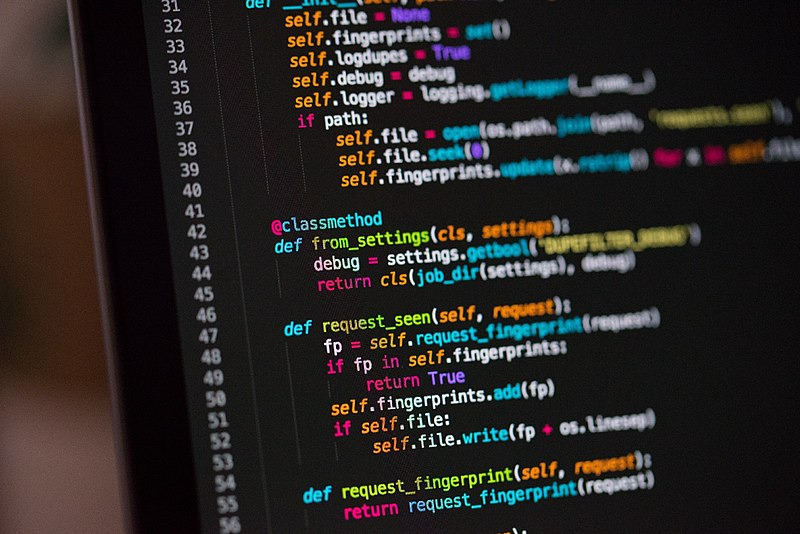
2. R
R is a combination of graphic environments and computing language. This tool was developed in 1922 by a statistician named Ross Ihaka. For this reason, R is completely free to access.
Unlike the other tools, R focuses on solving data analytics issues. It can operate on many systems like macOS and Windows. You can find an extensive list of statistical tools using this language.
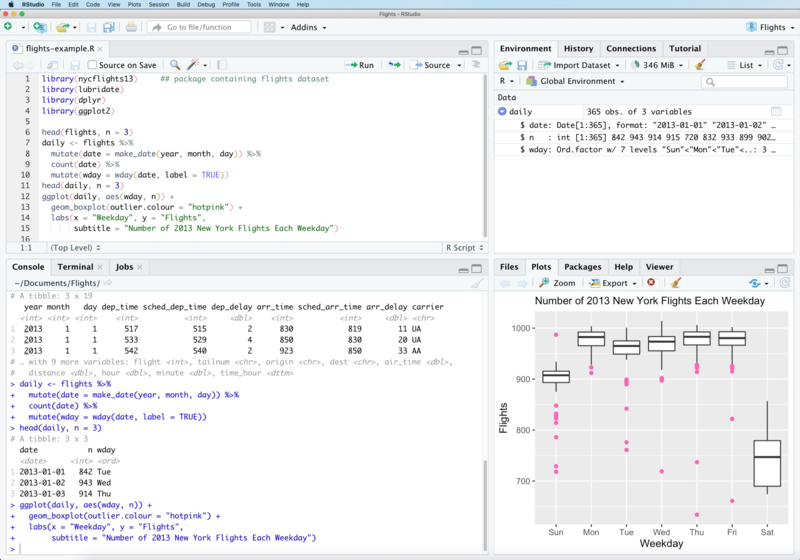
3. Java
The features like DS libraries make this tool ideal for data mining. You can use this tool to build complex applications from scratch.
Plus, this language can manage memory and remove garbage automatically. This helps increase your analyzing speed and convenience.
The only setback lies in the tool’s low flexibility. It’s also hard to learn if you have little experience in coding.
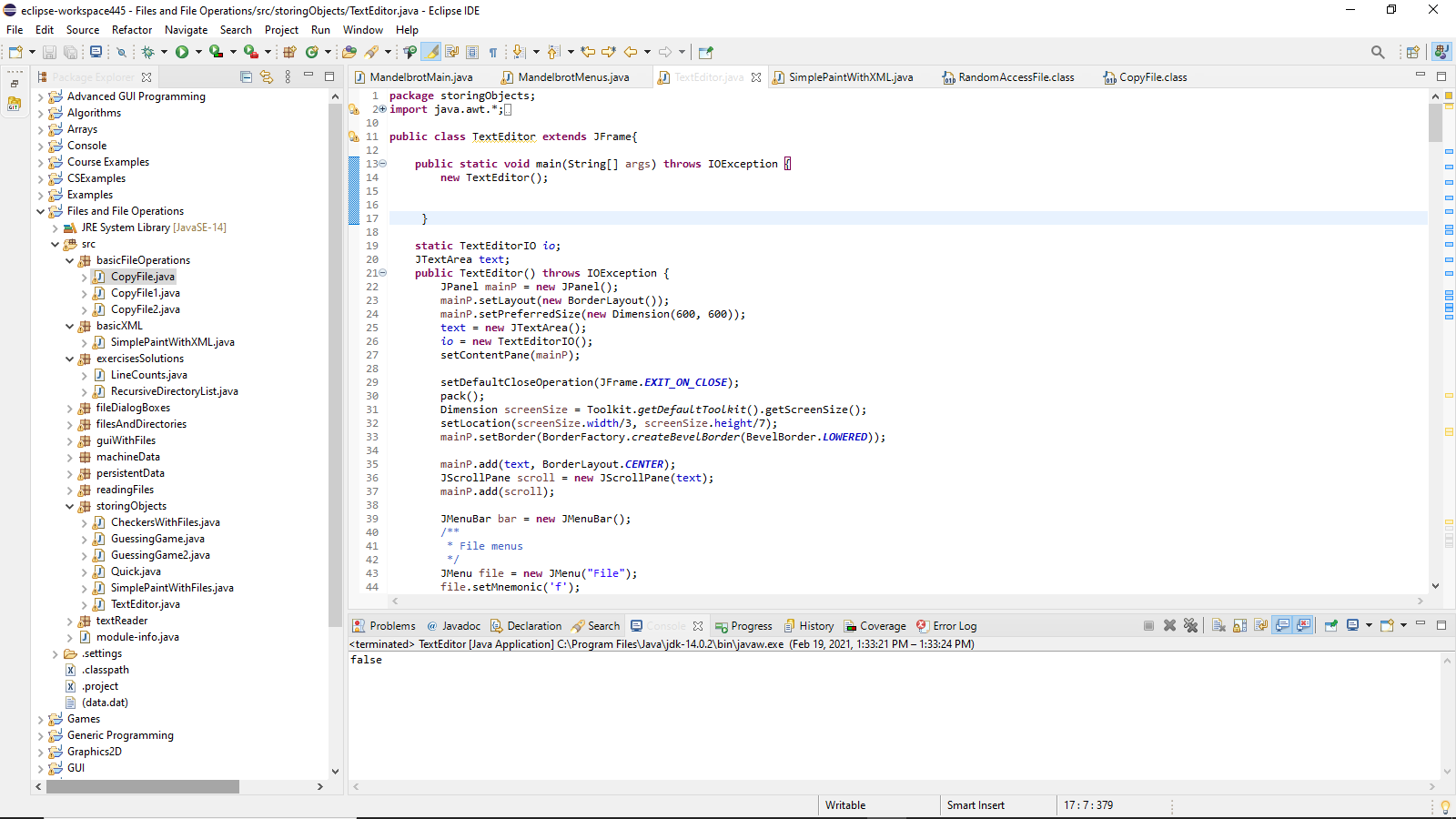
4. Julia
Julia is a rising star in the data science industry. Introduced in 2011, It’s also one of the youngest tools on this list. The tool has impressed scientists with its numerical computing capacity.
Many large organizations have adopted this language from its early phase of development. It brings high speed and versatility. The only disadvantage lies in its limiting source of libraries.
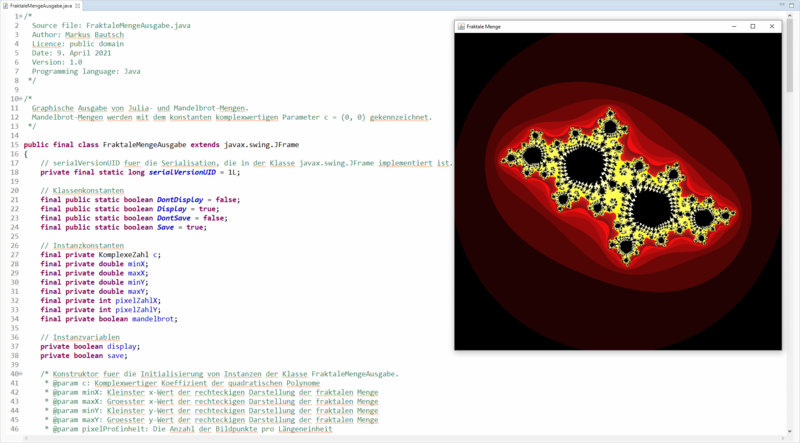
5. Scala
Scala is a high-level programming language designed for statistical analysis. The tool was introduced in 2001 as a highly scalable language.
Besides data, Scala offers some valuable tools for developing websites. Due to its high scalability, Scala can work well with concurrent systems. You can also use this language to execute Java code, adding more to its high versatility.
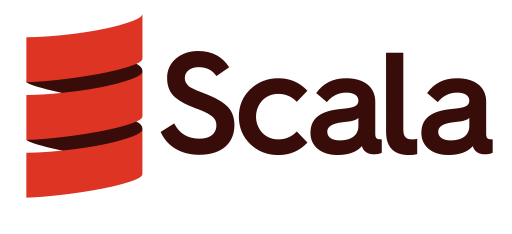
6. SQL
SQL is an essential tool that any data analyst should master. Most tasks in this field require SQL to handle the databases. SQL also allows users to access data sources directly.
The tool also features high versatility. It has the ability to execute any random function. You can modify the current data set and update its structure. Lastly, SQL is relatively easy to use, making it an excellent choice for beginners.
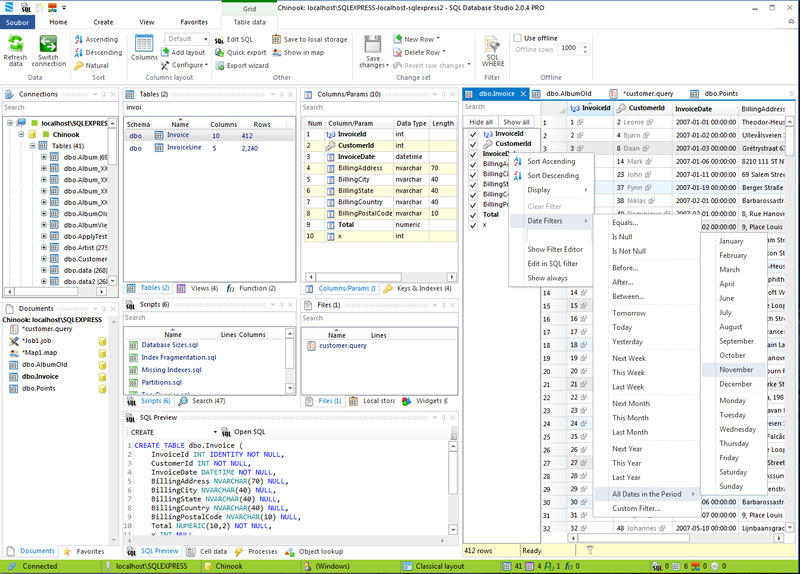
7. MATLAB
This high-level language is the favorite tool of data engineers and scientists. You can use MATLAB to perform a wide range of tasks with data. It can help you create data graphs and build data matrices very effectively.
The core advantage of MATLAB lies in its high versatility. The tools allow users to combine different commands into a script. Thus, it can develop algorithms at a much faster speed than the other languages.
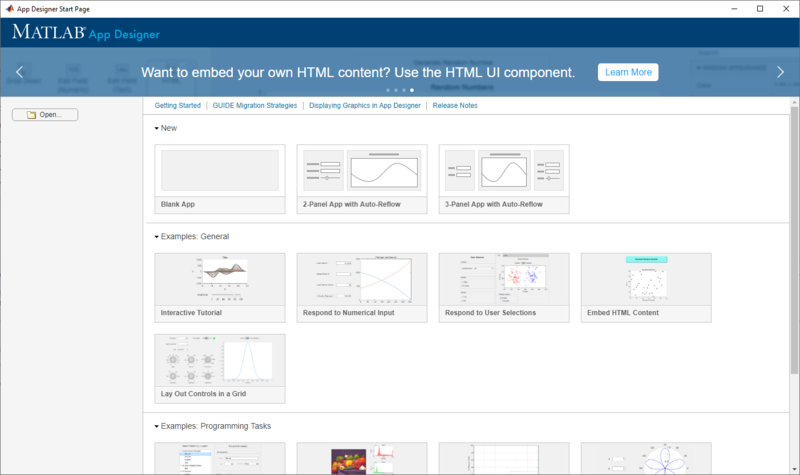
8. Go
Go is an open-sourced language supported and developed by Google. It’s easy to learn and can accommodate large projects. There is also a robust library and large ecosystems behind this tool.
With these features, Go can assist you in building services. It possesses extra useful tools like doc generators and automatic format to facilitate your experience.
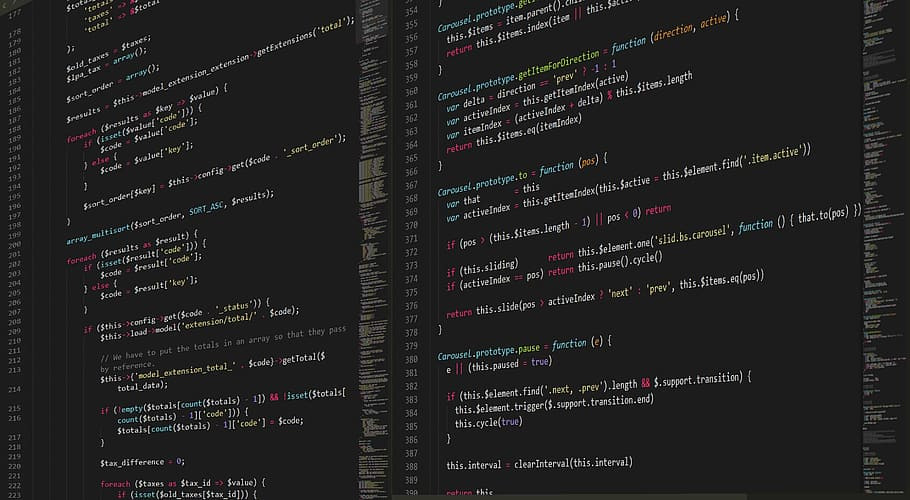
9. SAS
SAS is a software built for numerical computing business intelligence. SAS has been around for many years and built a big community. It also features high adoption across major businesses in the field.
However, SAS features a higher difficulty level than the other languages. You also must acquire a license to access this tool.
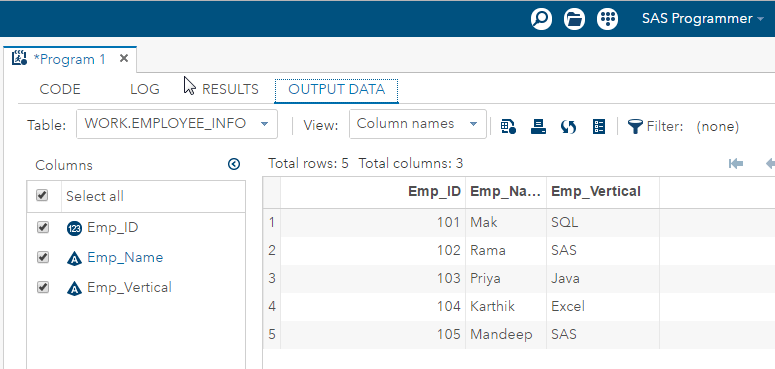
10. Swift
Swift excels in writing software and apps for phones or desktop devices. Yet, it can interact with other tools for analyzing data.
Swift is also friendly to new coders with low experience and skills. As a scripting language, this tool is super fun to learn and interact with. You can use it as a playground to experiment with databases.
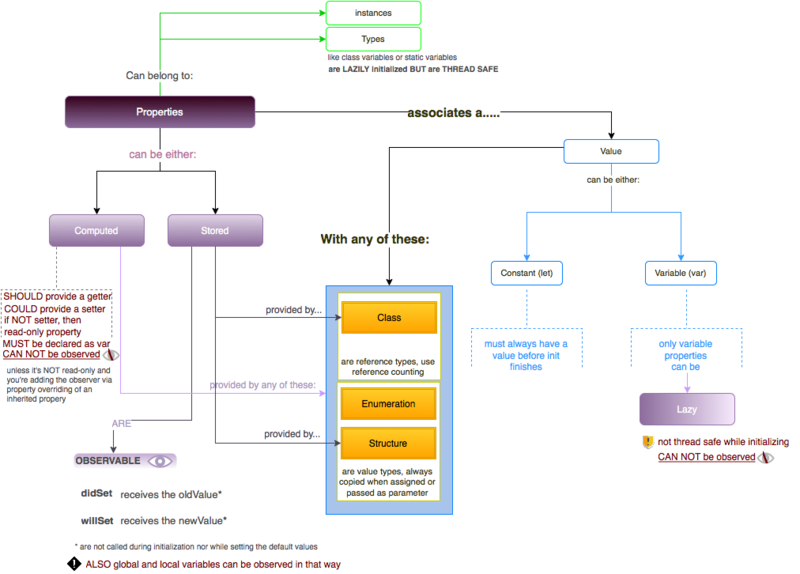
11. C
C is an excellent language for applications at a low level. It has the capacity to build simple statistical works. You can use this tool to dwell in the deeper areas of data.
Another advantage of this tool lies in its extremely fast speed. C can compile a large volume of data within seconds. Yet, C is difficult to learn if you don’t have much experience with coding.
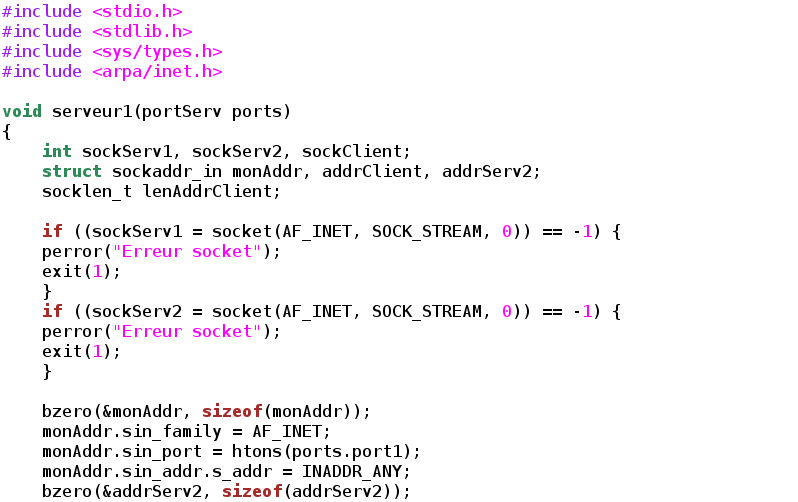
12. C++
C++ is an extended version of the C language. It is simply a better version of the original tool. This language features higher security and smoother performance.
Users can notice the noticeably faster speed when using C. This tool can help you handle a vast volume of data effectively. Thus, it’s more suitable for complex projects.
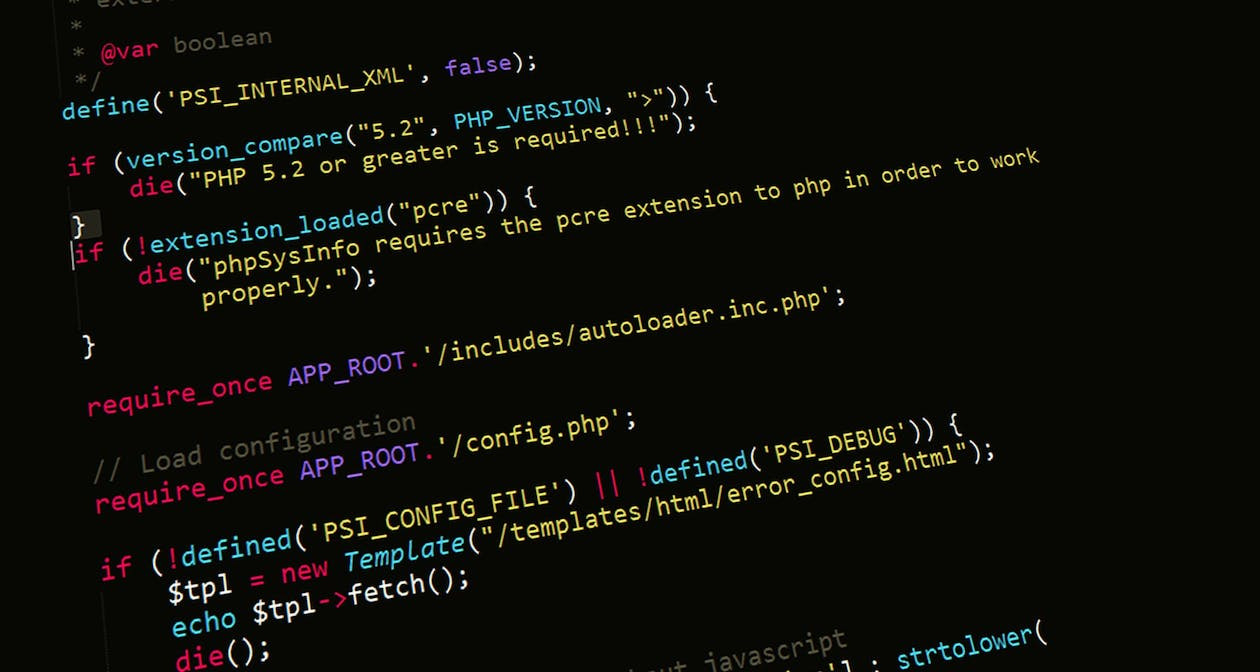
Final Thoughts
Some tools on this list are effective in visualization, while others can handle large databases very well. The key is to pick a suitable language for your level.
Suppose you are looking for a versatile language that doesn’t require deep expertise in coding. Then, Python is the most suitable option. This language possesses high popularity with a rich source of libraries.
Thank you for reading!
